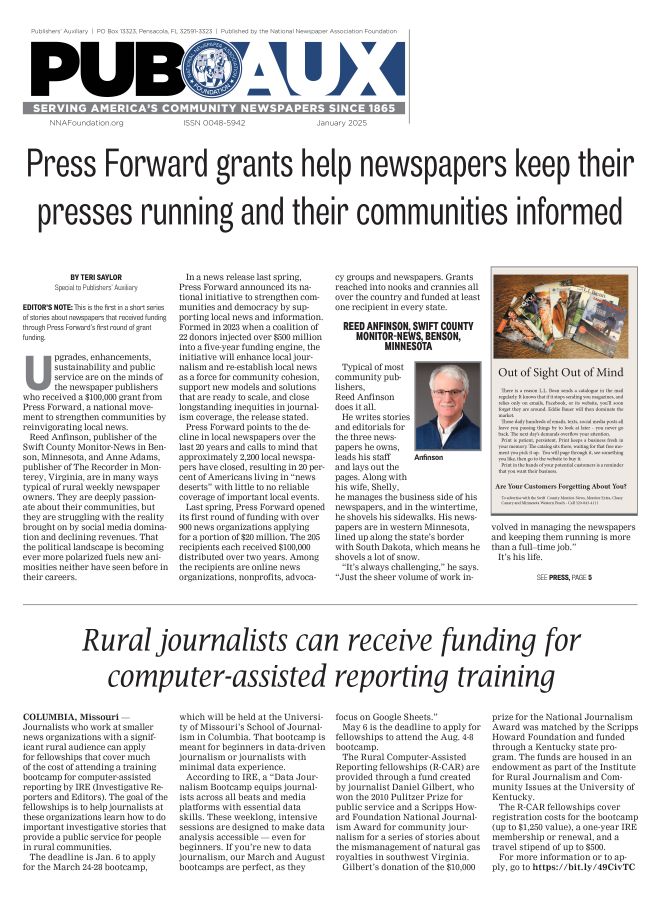Seeking the ultimate 'redress of grievances'
Aug 5, 2014
By Gene Policinski
Inside the First Amendment
How does the First Amendment get caught up in a controversial death penalty case where the means of execution — not the conviction — was the final issue?
The answer is “the right to petition.” The least-known of the five freedoms of the First Amendment, it’s most often associated with individuals, groups or lobbyists. Petition provides each of us the power to ask our government “for redress of grievances.”
Joseph Wood was executed on July 23 for the 1989 murders of his estranged girlfriend Debra Dietz, and her father Eugene Dietz. Wood’s death attracted national attention because he took more than two hours to die after receiving a lethal injection of two chemicals — and it was that process that was the focus of Wood’s First Amendment argument.
In the days before his death, Wood cited a series of U.S. Supreme Court decisions that set out the public’s right to observe court proceedings and executions, and to have certain kinds of access to public records, seeking details about Arizona’s latest plan for lethal injections, the suppliers of the drugs and handling after manufacture, and the qualifications of those participating in the execution.
Death penalty opponents hope to find flaws in the execution process, and in particular the experimental “cocktails” of lethal drugs now being used in the latest executions. They may use such information to raise claims that the method, or the death penalty itself, violates the Eighth Amendment’s prohibition of “cruel and unusual punishments.”
Wood’s legal challenge was rejected by a district court, but the 9th U.S. Circuit Court of Appeals issued a stay, saying he at least raised a valid legal question. However, the Supreme Court refused to consider Wood’s petition and the execution proceeded.
“Petition” follows last in the public’s collective memory behind the other core rights protected by the First Amendment: religion, speech, press and assembly. In the 2014 “State of the First Amendment” survey released last month, just under one-third of Americans could not name a single freedom, and of those who could, just one percent identified “petition.”
But the roots of our right to petition are deep, going all the way back to the Magna Carta, which in 1215 established the right of 25 noblemen to seek relief from the King for perceived injustices, without fear of punishment. In 1689, that freedom was formally extended to all, in the English Bill of Rights.
Ironically, it was that “every Englishman’s right to petition” that was embodied in 1776 in the U.S. colonies’ Declaration of Independence, which took King George III to task in 27 separate indictments according to the Encyclopedia of the First Amendment.
In the U.S., petition was confirmed as a basic right in 1876 in United States v. Cruickshank, when the Supreme Court observed that “the very idea of a government, republican in form, implies a right on the part of its citizens to meet peaceably for consultation in respect to public affairs and to petition for a redress of grievances.”
While many Americans may think of “petition” only in terms of a paper with signatures, it’s much more — in substance and practice. Among the first uses in the U.S. were signed petitions in the early 1800s against slavery. But the right encompasses demonstrations and protests, lobbying and individual letters to public officials.
Which brings us back to Wood’s novel use of the First Amendment in challenging his execution. In effect, his argument was that in order to effectively challenge the government’s plans, he needed full and complete disclosure of records and information associated with government’s process — an argument, absent the inherent drama built into capital punishment cases, that is a fundamental principle of Freedom of Information laws.
And like its “partner-in-law” the freedom of assembly and other amendments in the U.S. Bill of Rights, petition is non-partisan: We need only look to modern day efforts like the Tea Party protests and Occupy Movement demonstrations to see the scope of fellow citizens intent on telling government officials what changes should be made or decisions reversed.
In the end, the First Amendment won’t settle the controversy over the death penalty. But as the nation’s founders intended, the core freedoms it protects can provide the means for the self-governed to effectively debate and decide issues facing our nation.
Gene Policinski is chief operating officer of the Newseum Institute and senior vice president of the Institute’s First Amendment Center. He can be reached at gpolicinski@newseum.org.







